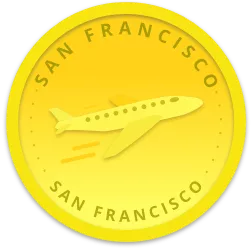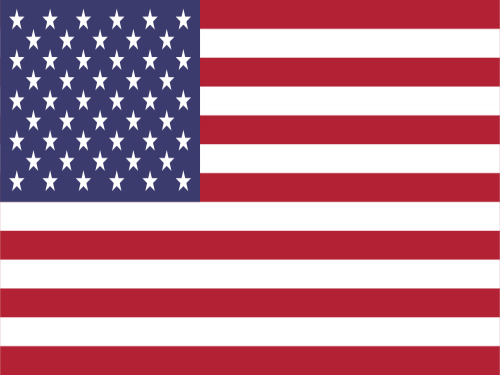Explore the city on its cable cars and grab a pic of the Golden Gate Bridge.
Before San Francisco became a city, the area was home to the Ohlone people for thousands of years. They lived in villages across the Bay Area, relying on the region’s rich natural resources for food, shelter, and trade. The Ohlone had a complex society with distinct languages, cultural traditions, and seasonal practices tied to the land and water. Their presence shaped the area long before European contact.
In 1776, Spanish colonists established the Presidio of San Francisco and Mission Dolores as part of Spain’s effort to expand its territory in California. This marked the beginning of major disruptions for the Ohlone. Colonization brought disease, displacement, and forced labor through the Spanish mission system, which greatly reduced the local Indigenous population.
San Francisco came under U.S. control in 1846 during the Mexican-American War. Just three years later, the discovery of gold in the Sierra Nevada foothills sparked the Gold Rush of 1849. Tens of thousands of people arrived, rapidly transforming the small port town into a crowded, fast-growing city.
By the late 1800s, San Francisco had established its identity as a major West Coast hub, with new infrastructure including cable cars, ferry terminals, and the future site of the Golden Gate Bridge.
In the 20th century, San Francisco was at the forefront of cultural revolutions, from the Beat Generation in the 1950s to the Summer of Love in the 1960s. It has also been a hub of technological innovation, giving birth to Silicon Valley and companies like Apple and Google.
Today, San Francisco is a mix of old and new. You can still see signs of the past in its neighborhoods, hills, and streets.
Source ChatGPT


XP EARNED OUT OF 0
Points Breakdown
| Sticker Collected | 0 XP |
| Card Collected | 0 XP |
| Bonuses | 0 XP |
| Total | 0 XP |
Local Airport
San Francisco International Airport

Elevation
4 m
Opened
1927
Runways
4




